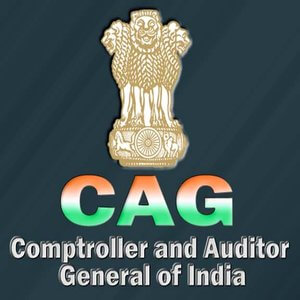CAG Full Form | What is Comptroller and Auditor General of India
What is the full form of CAG
CAG: Comptroller and Auditor General of India
CAG stands for Comptroller and Auditor General of India. It is an authority which is established under Article 148 of the constitution of India. Its primary role is to audit all the expenditure of central government, state government and organizations which are financed by the government. Its headquarters is in New Delhi, India.

CAG is ranked 9th in Indian order of precedence and has the same status as a judge of Supreme Court of India. CAG is also the head of the Indian Audit and Accounts Department. It is one of the most powerful bodies to investigate financial frauds in India such as coal mine allocation scam and 2G spectrum allocation scam.
CAG is appointed by the president of India on the recommendation of Prime Minister of India for a term of 6 years. As of 2016, Shashi Kant Sharma is the CAG of India. He was appointed on 23 May 2013, and he is the 12th CAG of India.
Powers of CAG
As per Companies Act, 1956, the CAG is empowered to:
- Appoint and reappoint the auditor of a government company
- Direct the audit of the accounts of a government company
- Give instructions to the auditors regarding any matter related to audit
- Conduct a test audit of the accounts
- Supplement the audit report of the statutory auditors
Functions of CAG
Some of the major functions of CAG as prescribed by the Parliament and Constitution are given below:
- To audit the accounts regarding expenditure from the consolidated fund of India and consolidated fund of each state and union territory
- To audit the accounts related to expenditure from the contingency fund and public account of India and each state
- To audit balance sheets, trading, manufacturing and profit and loss or any other account of any department of the central or state governments.
- To audit the receipts and expenditure of government companies and other organizations financed from the central or state revenues.
- To submit audit reports of the accounts of the centre to the President
- To submit audit reports of the accounts of the state to the Governor